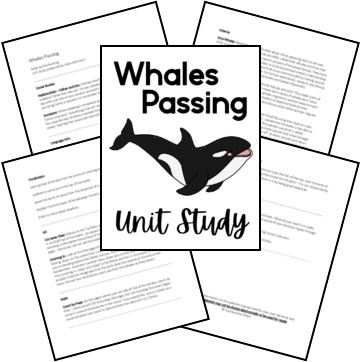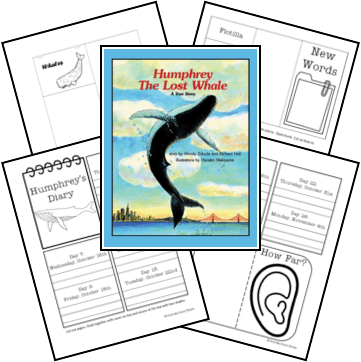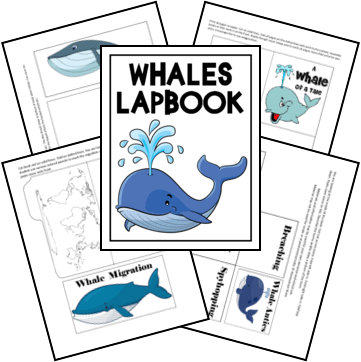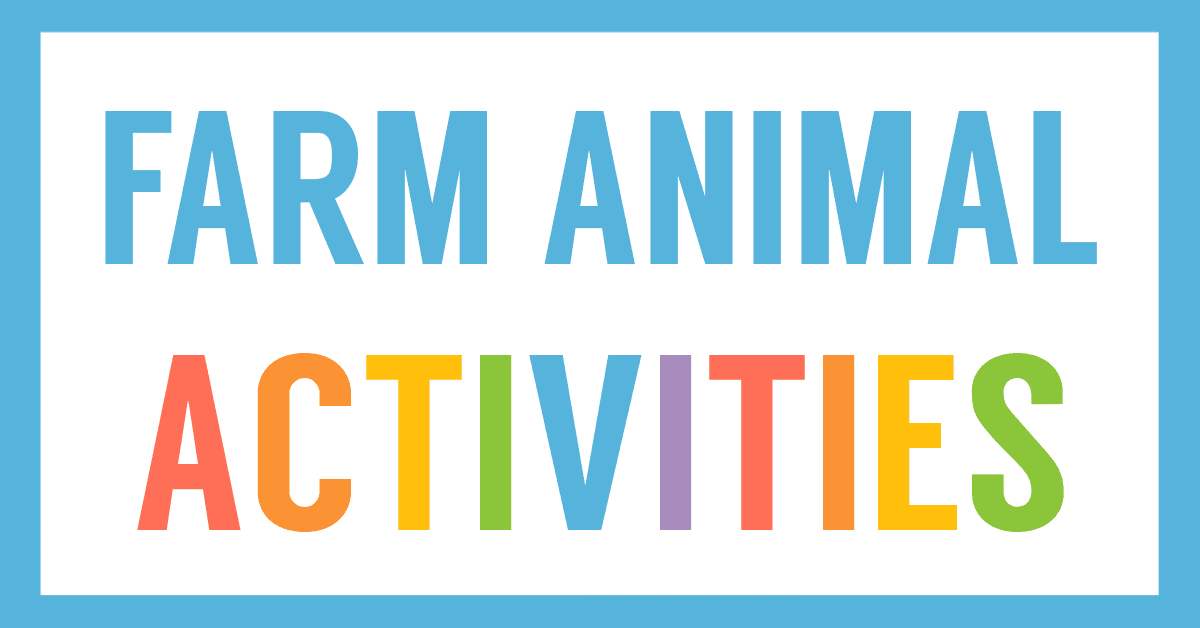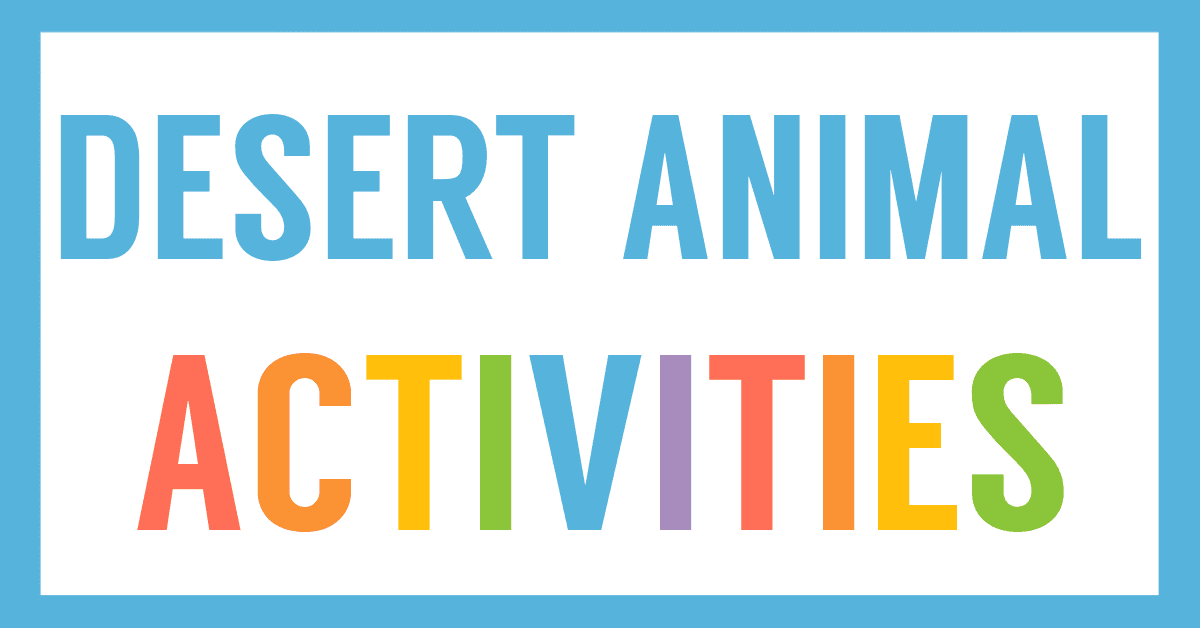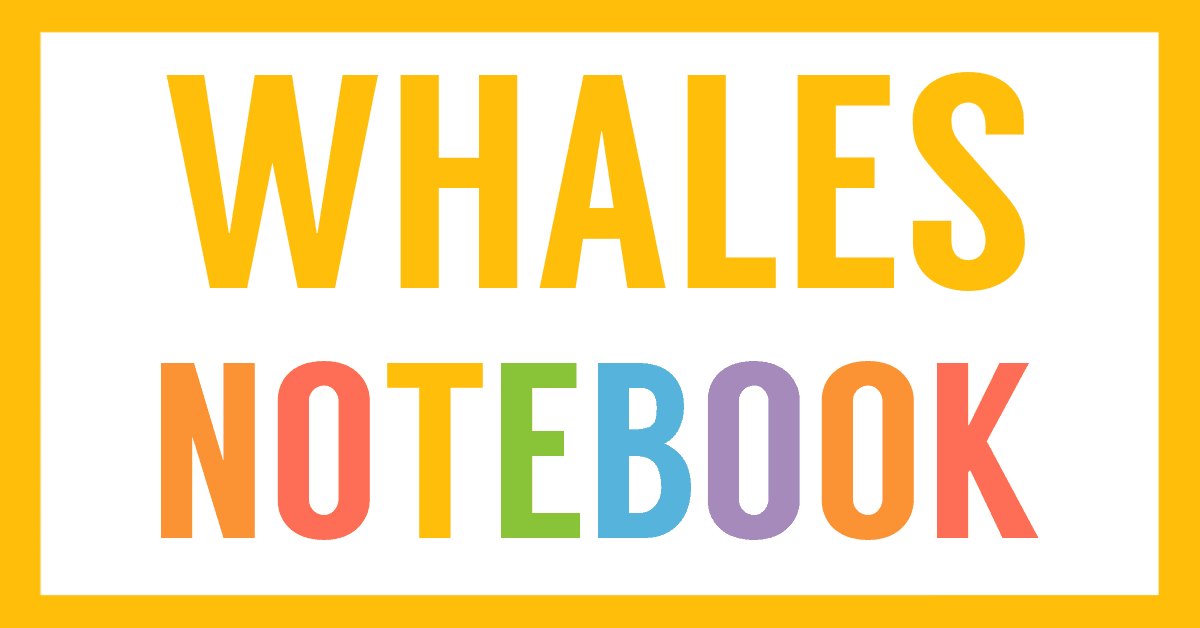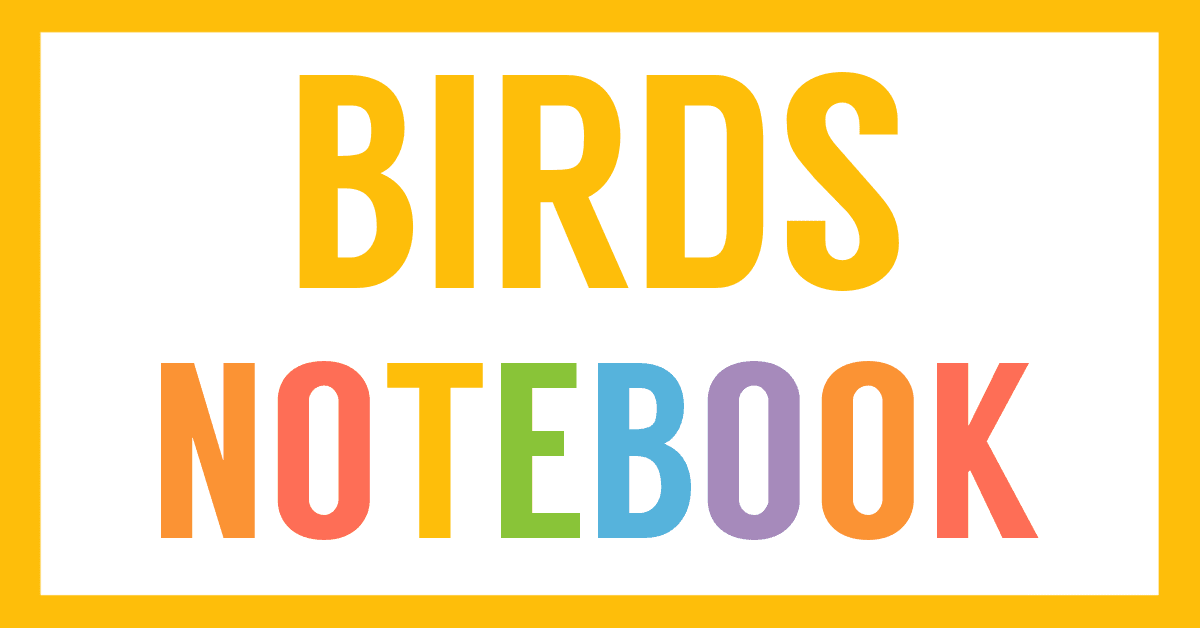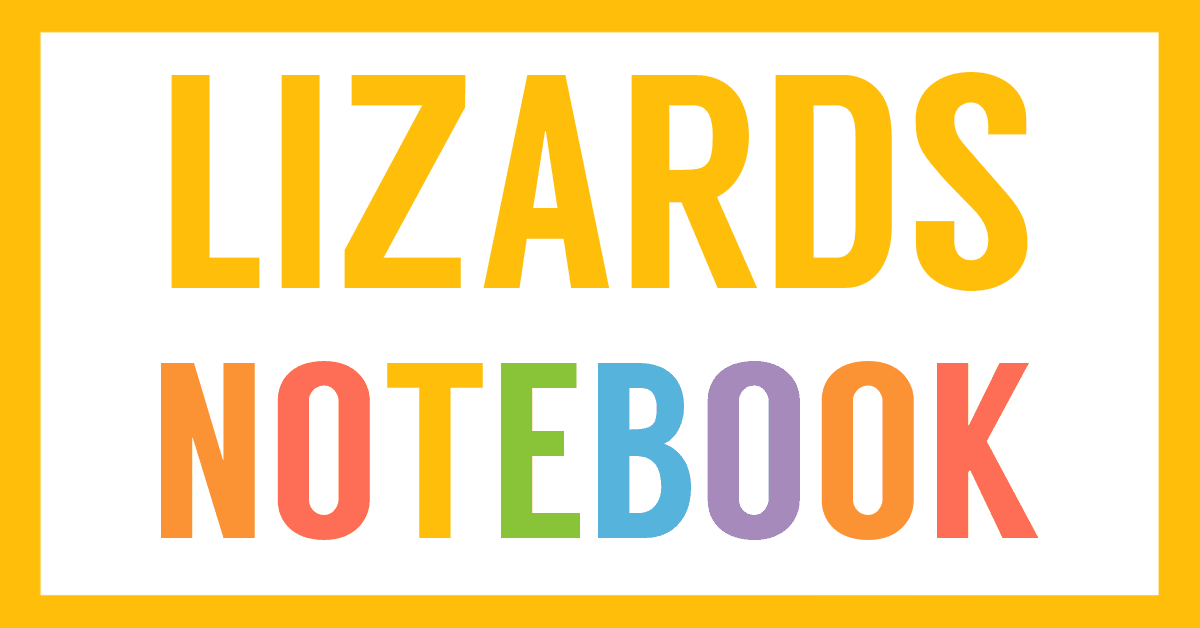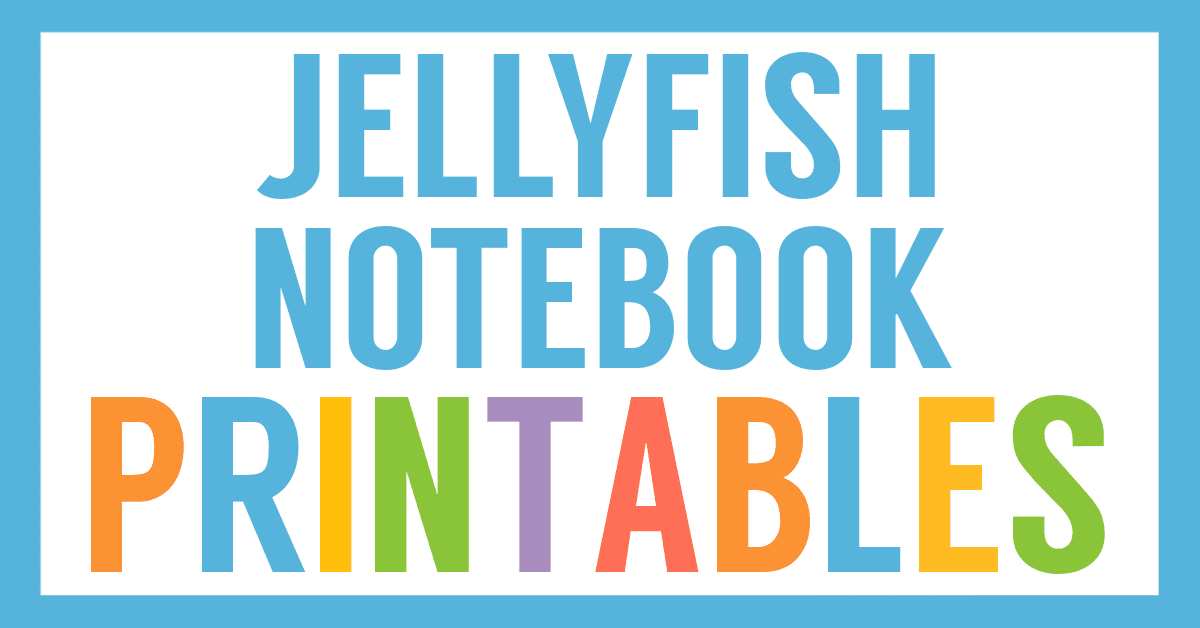Affiliate Disclaimer
We sometimes use affiliate links in our content. This won’t cost you anything, but it helps us to keep the site running. Thanks for your support.
This unit study includes lessons and activities based on the book Whales Passing by Eve Bunting.
A boy and his father stand on a cliff and watch a pod of orcas swim by. Their conversation is simple, as the man tells his son some things about the animals, and the youngster observes and asks questions. He wonders if the whales can talk, and his father tells him, “They story-tell each day they swim, from here to there and farther still.” Then the boy imagines what the whales could be saying about the two people on the shore: “They lack our blubber, sad to say. But humans have no love of fat. Imagine that!”
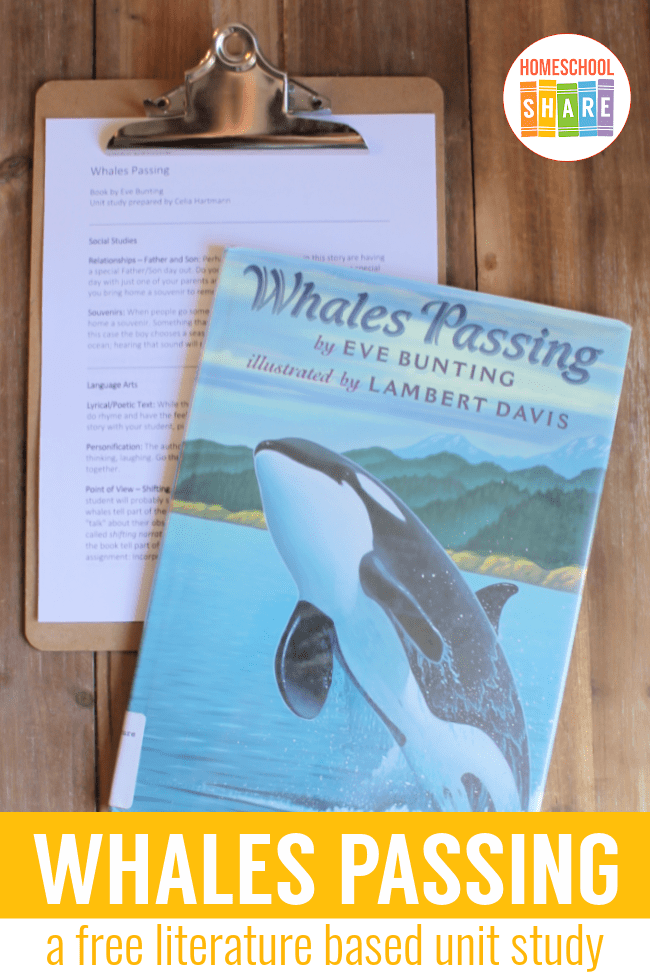
Thanks to Celia Hartmann for preparing this Whales Passing unit study.
Whales Passing Unit Study Lessons
Here is a sample of the lessons found in this Whales Passing unit study:
Math: Count by Fives
On the pages where you can see all five of the whales, count by fives. I came up with 55 (including title page, but not including the cover pages since it is one of the pictures in the story). If you would like, use 11 nickels as a visual aid when you count to demonstrate the value of 5 (11 times).
Science: Orca Whales
Read the note at the back of the book about Orcas, gleaning facts to tell your child. A child should know that Orcas are often called Killer Whales and that they are not really whales, but dolphins (which are part of the whale family).
They tend to travel in pods, which are like families. A child should have a basic understanding of what a blowhole and blubber is, and that orcas communicate by making sounds under the water. Color an orca whale. For further exploration, research and discuss the two types of whales: toothed (Odontoceti) and baleen (Mysticeti).
Science: Migration
Why do orcas migrate? Where do they go and why? The colder parts of the oceans have more food in them, but newly-born calves of whales don’t have enough blubber to keep them warm. So, whales migrate to warmer areas to have their babies and then return to the colder waters to feed and build up their blubber. For further exploration, research and discuss what other animals migrate and why they migrate.
Social Studies Relationships: Father and Son
Perhaps the father and son in this story are having a special Father/Son day out. Do you remember a time when you spent a special day with just one of your parents and with no siblings? What made it special? Did you bring home a souvenir to remember the day?
You can grab a copy of the entire Whales Passing unit study in an easy-to-print file at the end of this post.
How to Get Started with the Whales Passing Unit Study
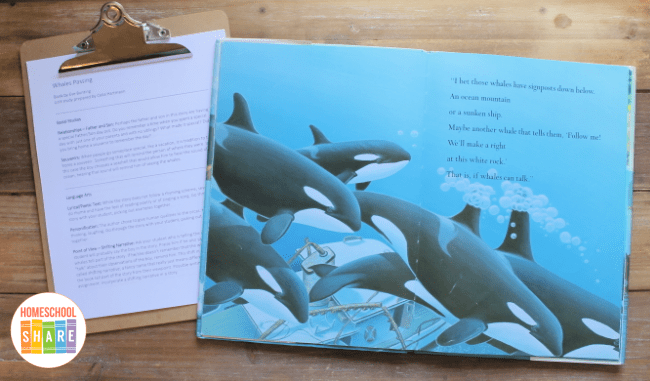
Follow these simple instructions to get started with the Whales Passing unit study:
- Buy a copy of the book, Whales Passing, or borrow one from your local library.
- Print the Whales Passing unit study.
- Choose the lessons you want to use with your student (a highlighter works great for this).
- Enjoy a week of book-based learning with your student.
Download Your Whales Passing Unit Study
Simply click on the image below to access your free copy of the Whales Passing unit study.

